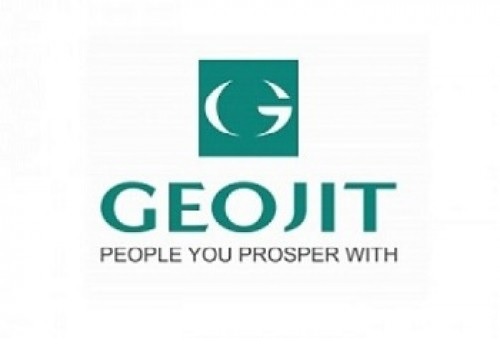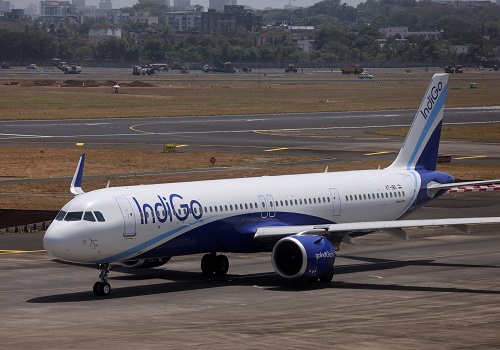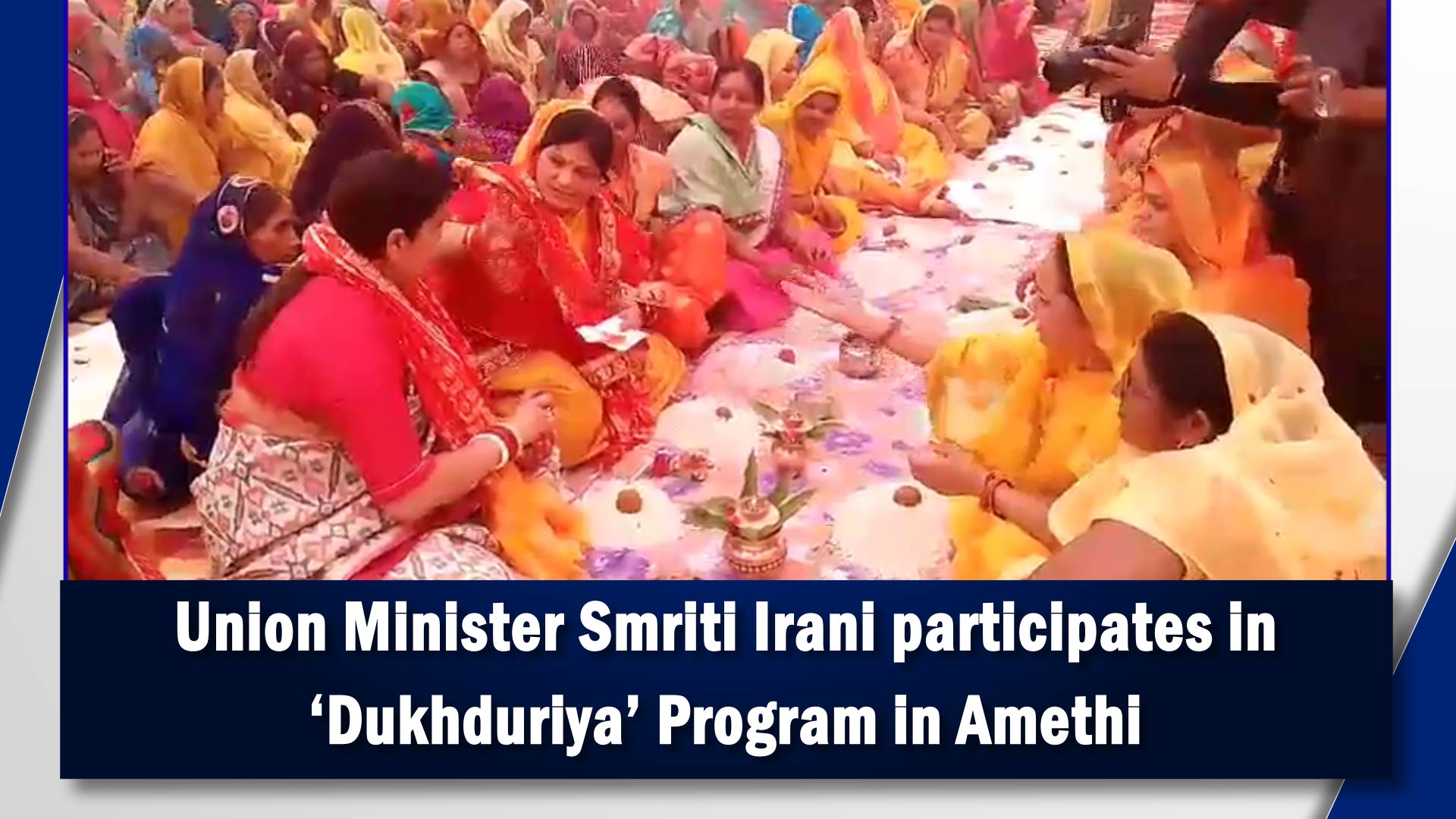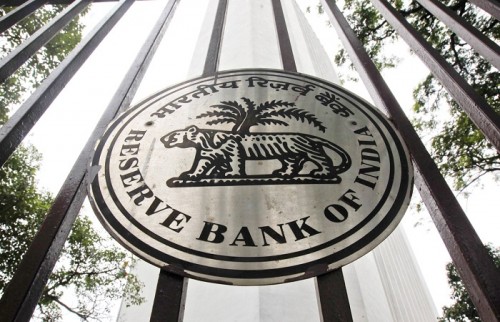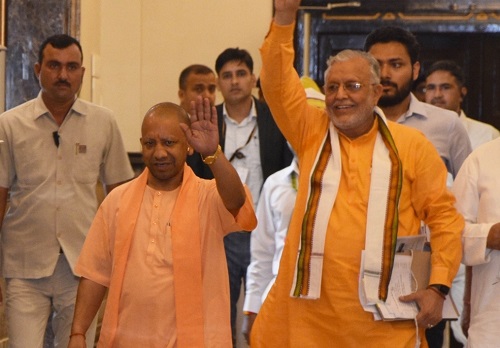`Existing Indian life and non-life insurers may not merge to become composite player'

Follow us Now on Telegram ! Get daily 10 - 12 important updates on Business, Finance and Investment. Join our Telegram Channel
https://t.me/InvestmentGuruIndiacom
Download Telegram App before Joining the Channel
The composite insurance licence regime may not see merger of life and general insurance companies owing to differing foreign shareholders and other issues, said experts.
The Centre has proposed to allow composite insurers -- insurers who can sell life and general insurance policies.
There are a couple of Indian groups -- financial (ICICI, HDFC, SBI, Shriram, Kotak) and industrial (Bajaj, TATA) -- that have promoted life and general insurance companies.
"I don't think existing companies will merge their life and general insurance companies," a CEO of a private life insurance company told IANS.
"There may not be immediate consolidation happening with life and general insurers merging to become a composite insurer when such a regime comes into play. Firstly, the foreign joint venture partners in the case of some private life and general insurers are different and their consent has to be obtained," an industry expert told IANS on the condition of anonymity.
"In the context of proposed composite licenses, we feel that M&A among life and P&C (property and casualty) platforms can offer synergies on distribution (cross-sell of products) and cost efficiencies. Companies will also need (1) clarity from tax authorities as life insurance pays 15 per cent tax vs. 25 per cent for P&C and (2) consensus among foreign promoters," Jefferies said.
Large private insurers may be better placed to derive synergies from M&A into composite platforms than PSU insurers, it added.
"Still, synergies have undershot expectation pushing some back to monoline. Capital release and tax neutrality can help," Jefferies said.
Queried about LIC taking over the four government owned non-life insurers when the composite insurance licence regime comes into play an insurance industry expert told IANS it may release some capital, working capital may come down and agents can sell life and non-life policies.
A merger of the four public sector general insurance companies with LIC can result in better penetration of general insurance products in the country given the life insurance giant's reach, industry experts said.
On the contrary, LIC's focus will be on completing the merger rather than growing its business.
In case of a potential merger, smooth integration and extraction of operating efficiencies will be key.
"Whether such a merger -- LIC and four government general insurers -- would result in dominance of the State in insurance market has to be studied," D. Varadarajan, a Supreme Court advocate specialising in company/competition/insurance laws, told IANS.
Amending the insurance laws, the government freed the insurance market from state monopoly and paved the way for competition, he said.
The Competition Act prohibits certain agreements, abuse of dominant position and regulates combinations.
"The Competition Act not only deal with the present but also in future, by using the word 'likely'. Therefore, it requires no reiteration that the anti-competitive practices as statutorily illustrated not only muster the present context, but also in future, which is very onerous," Varadarajan said.
According to Varadarajan, while inquiring into dominant position or not of an enterprise, the Competition Commission shall have regard to any or all of the following (a) market share of the enterprise; (b) size and resources of the enterprise; (c) size and importance of competitors; (d) economic power of the enterprise, including commercial advantages over competitors; vertical integration of the enterprise or sale or service network of such enterprises; (f) dependence of consumers on the enterprise; (g) monopoly or dominant position whether acquired as a result of any statute or by virtue of being a Government Company or a public sector undertaking or otherwise; (h) entry barriers including barriers such as regulatory barriers, financial risk, high capital cost of entry, marketing entry barriers, technical entry barriers, economies of scale, high cost of substitute service for consumers; (i) countervailing buying power; (j) market structure and size of market; (k) social obligations and social costs; (l) relative advantage, by way of the contribution to the economic development, by the enterprise enjoying a dominant position having or like to have appreciable adverse effect on competition; (m) any other factor which the Commission may consider relevant for the inquiry.
Jefferies said LIC has improved on growth and profitability while the public sector general insurers have higher combined ratio and lower solvency margin.
Comparing LIC and the government owned general insurers Jefferies said: "LIC is India's largest life insurer with 36% share (RWRP-ret ail weighted received premium) and is seeing some pick-up in premium growth and margin expansion."
The four public sector general insurers have 39 per cent share in sector premium, but have been losing market share, having combined ratio -- 121-144 per cent and lower solvency margin of 130-160 per cent with forbearance and 15-166 per cent without forbearance as against a threshold of 150 per cent, Jefferies said.




